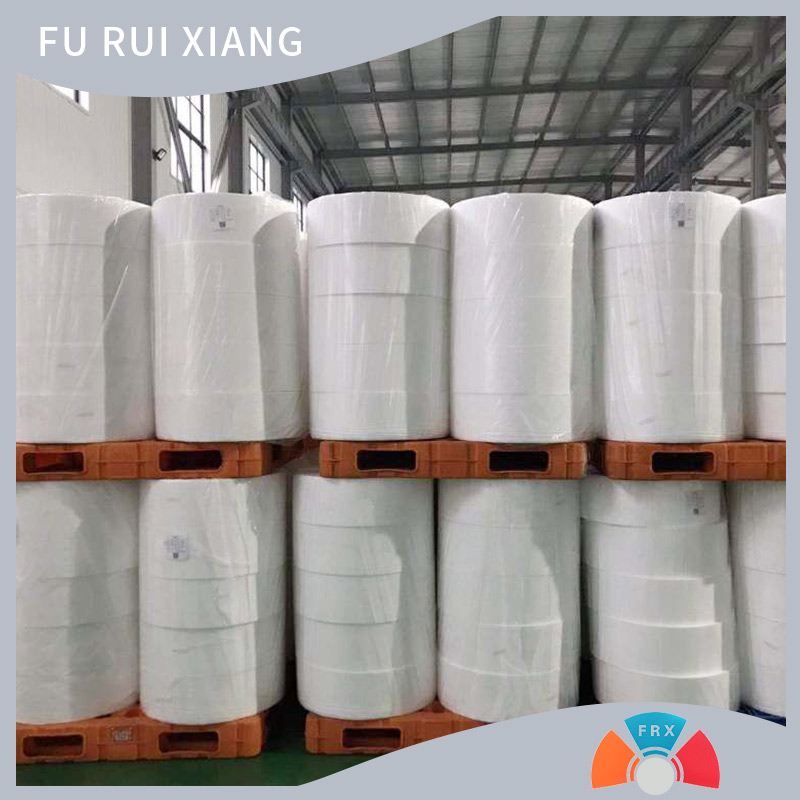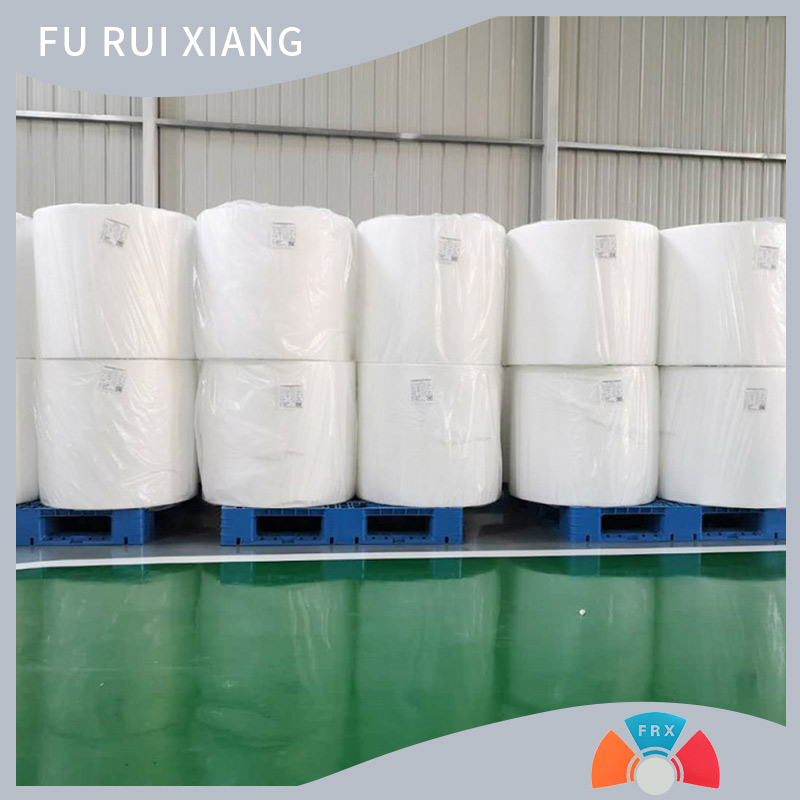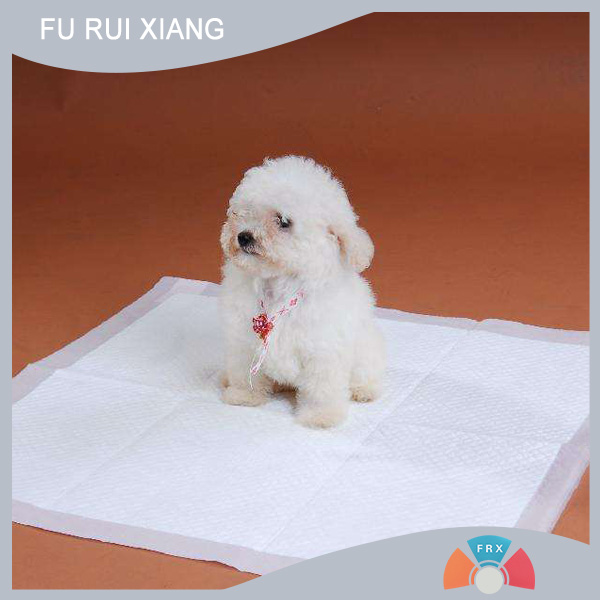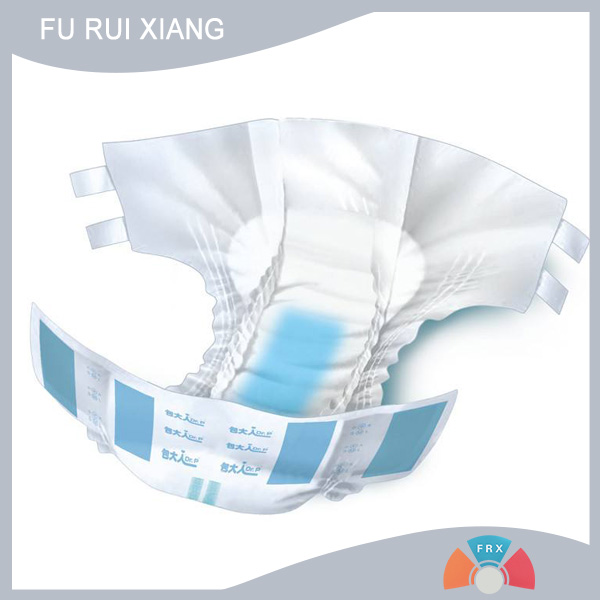With the huge demand of the mask market in the near future, everyone knows more and more about meltblown non-woven fabrics, but he does not know much about his process.
The process of meltblown non-woven fabric: polymer feeding --- melt extrusion --- fiber formation --- fiber cooling --- forming into a network --- strengthening the cloth.
The development of meltblown nonwoven technology
In the past, the development of meltblown fibers was based on Exxon's patented technology, but in recent years, many international companies have broken through Exxon technology and developed to finer nano-scale fibers.
Hills has done in-depth research on nanomeltblown fibers and it is said that it has reached the stage of industrialization. Other companies, such as Nonwoven Technologies (NTI), have also developed a process and technology for producing nano-meltblown fibers and have obtained patents.
In order to spin nanofibers, the spinneret holes are much thinner than the spinneret holes on ordinary meltblown equipment. NTI can use as small as 0.0635 mm (that is, 63.5 microns) or 0.0025 inches. The spinneret of the modular structure can be combined. Into a total width of more than 3 meters. The melt-blown fibers thus spun were approximately 500 nanometers in diameter. The finest single fiber diameter can reach 200 nanometers.
The melt blown equipment for spinning nanofibers has a small nozzle hole. If no measures are taken, the output will be greatly reduced. Therefore, NTI has increased the number of holes in the nozzle hole. Each spinneret has 3 or more rows of spinnerets. hole. By combining many unit components (depending on the width), the output can be greatly increased during spinning. The actual situation is that when 63.5 micron perforations are used, the number of perforations per meter of spinneret in a single row is 2880. If three rows are used, the number of perforations per meter of spinneret can reach 8640 perforations. Equivalent to ordinary meltblown fibers.
As the thin spinneret with high density holes is expensive and easily broken (heat cracks under high pressure), companies have developed new bonding technologies to enhance the spinneret's fastness and prevent it Leaks under high pressure.
Nano meltblown fibers can be used as filter media, which can significantly improve filtration efficiency. Some data also show that, because the fibers in nano-scale meltblown nonwovens are thinner, lighter-weight meltblown fabrics and spunbond can be used, and they can still withstand the same head pressure, and the SMS products made by them can Reduce the proportion of meltblown fibers. Process: polymer feeding --- melt extrusion --- fiber formation --- fiber cooling --- web formation --- reinforcement into a cloth.
Qingdao Furuixiang Plastic Technology Co., Ltd. specializes in production and sales: medical non-woven fabrics, agricultural non-woven fabrics, spunbond non-woven fabrics, non-woven fabrics, non-woven fabrics for non-woven fabrics, furniture non-woven fabrics and other products.
- Qingdao Furuixiang Plastic Technology Co., LTD. Spunbond Nonwoven Fabric: The mainstream molded category in nonwoven fab
- Green and low-carbon, the textile industry is accelerating its "breakthrough"!
- Furniture non-woven fabric: A furniture auxiliary material that combines practicality and aesthetics!
- The export situation of China's textile and garment industry in the first half of the year!
- Qingdao Furuixiang Plastic Technology Co., LTD. Spunbond Nonwoven Fabric: A high-efficiency formed nonwoven fabric categ
- Spunbond nonwoven fabric: A high-efficiency formed nonwoven fabric category!
- Raw materials, properties of medical non-woven fabrics, and differences from ordinary non-woven fabrics!
- The production situation in the textile industry remains stable!
- Qingdao Furuixiang Plastic Technology spunbond Nonwoven Fabric at the Beginning of Autumn!
- Qingdao Furuixiang Plastic Technology Co., LTD. Weicai Non-woven Fabric: Practical Protective Material in early August!










